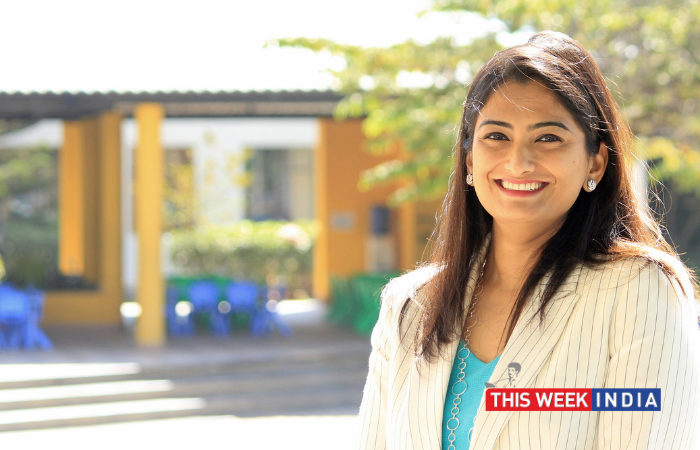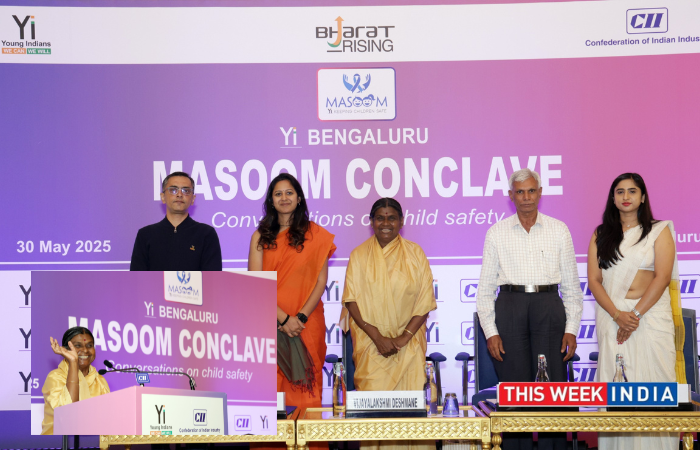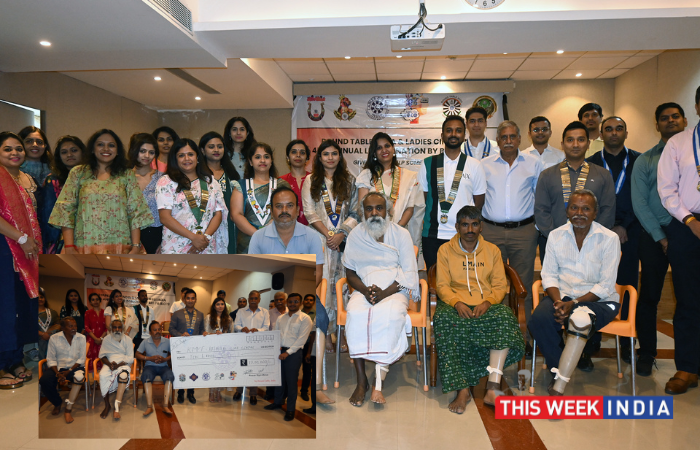While the second wave of Covid-19 is quickly receding, and a new school year for students around India has begun, we need to take stock of the status of learning in our country. The majority of students in India have now been out of school for nearly 16 months and the future is still quite uncertain. India needs to ensure that the education of our next generation of students, in a format that is based on science, is a state and national priority. Our students and their schools, all 330 million of them across India, from aided to unaided schools, national to international curriculum, have just had to blindly follow guidelines, decrees, and demands over this past one and half year, without any voice in how these health restrictions are implemented or understood at a local level.
Being online has caused anxiety for all students. Parents share in these anxieties as they have been pressured like never before to support their children’s education. Teachers and school leaders work longer hours online, sometimes for a lesser salary and with no foreseeable end in sight. The social and emotional impact of this past year on our students has been profound and policy makers and educators need to prioritize person to person learning in 2021 and beyond.
This year, board exams were again cancelled for Grades 10 to 12. While exams are an important feature to the Indian education system, they are not more important than learning itself! The vast majority of students were not able to access campus and face to face learning because of blanket decisions that allowed only the board exam grade levels to return to school, or only older children, grade 6 or 8 and up.
Current research on infection rates continues to show younger children are at a lower risk in terms of contracting Covid-19, with those who do test positive having asymptomatic or mild cases and they are less likely to spread it to others. We need to follow the scientific research which continues to show that younger children are at a lower risk for infection and transmission and allow them to return to campus as well. Teachers and school staff should be prioritized as front line workers for vaccination, in order to ensure the safety of students, who are not yet eligible for vaccination. Grade level opening decisions should not be based solely on exams and definitely not on fear.
As a nation, we need to prioritize student needs and follow other nations worldwide who have realized the importance of reopening schools for their entire student population. Tens of thousands of students in Karnataka alone, have gone without their midday meals due to closure of schools. It is estimated that 56 lakh students in Karnataka rely on this vital daily meal. There are many differences between India’s situation and other countries that have reopened schools, however, if we continue to reopen industry and business, restaurants and bars, why can’t schools also reopen? If parents and caregivers are moving about to shop, watch a movie, or attend a function, aren’t they putting their children at a higher risk than attending school?
India is famous for Jugaad, and we need to look at alternatives to the blanket policies which include or exclude vast swaths of students from on campus learning. Allowing more localized decision making within a set of overarching guidelines will allow those schools that can reopen safely, to do so. Schools can slowly and methodically bring students back for half days, then full days as students learn how to socially distance (yes they need to be taught these things as it is not natural); wear masks properly at all times, and adopt regular hand washing habits while at school. Increasing access to digital devices for all students is not a viable long term solution. Students of all ages need to be back in school for their growth in all developmental areas.
Earlier this year, when greenlighted, schools took different approaches to reopening. Starting with two grade levels at a time for half days may be a safer option as it reduces the number of students on campuses at a given time. Half days avoid the most highly contagious times, eating with others, to start; with students leaving for home just before lunch time. Using a staggered approach with 2-3 grades at a time alternating half day classes on Thursdays and Fridays with Mondays to Wednesdays online for full days would give students the learning time needed on campus, while also ensuring their health and safety needs are assured. Those students who opt to learn at home for all five days can remain online and use the two half days to work asynchronously in the afternoons- socialize in school-created online events and other safe community building activities. These measures can be adapted as needed to meet the needs of schools both in urban and rural areas of Karnataka.
In short, we must use known health and safety guidelines to create a safe space for students and adults to interact within. Rather than succumb to one-size-fits-all directives for what all schools should do. Wouldn’t a set of guidelines, a framework for opening, that schools could apply to their specific and unique physical space and student population be more effective?
Ms. Shweta Sastri, Managing Director, Canadian International School, Bangalore









